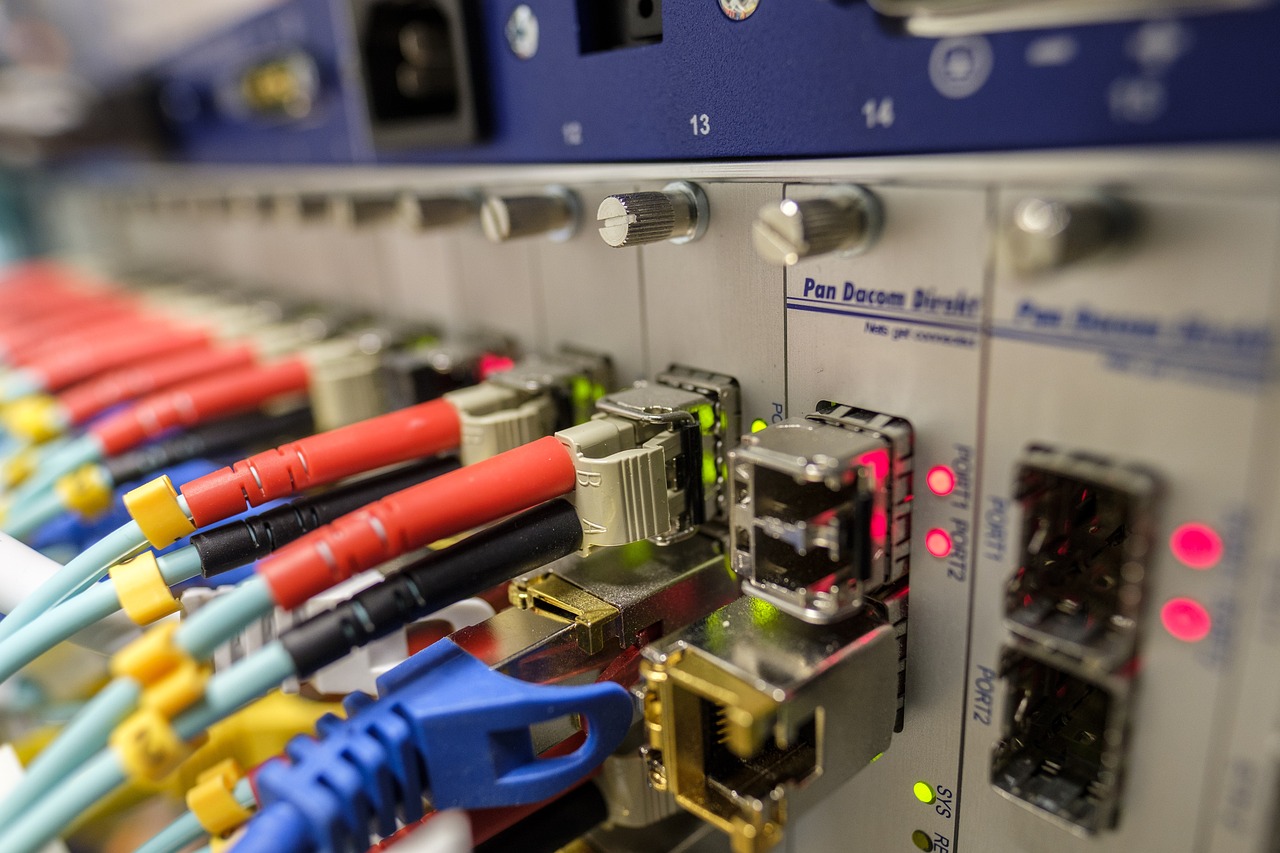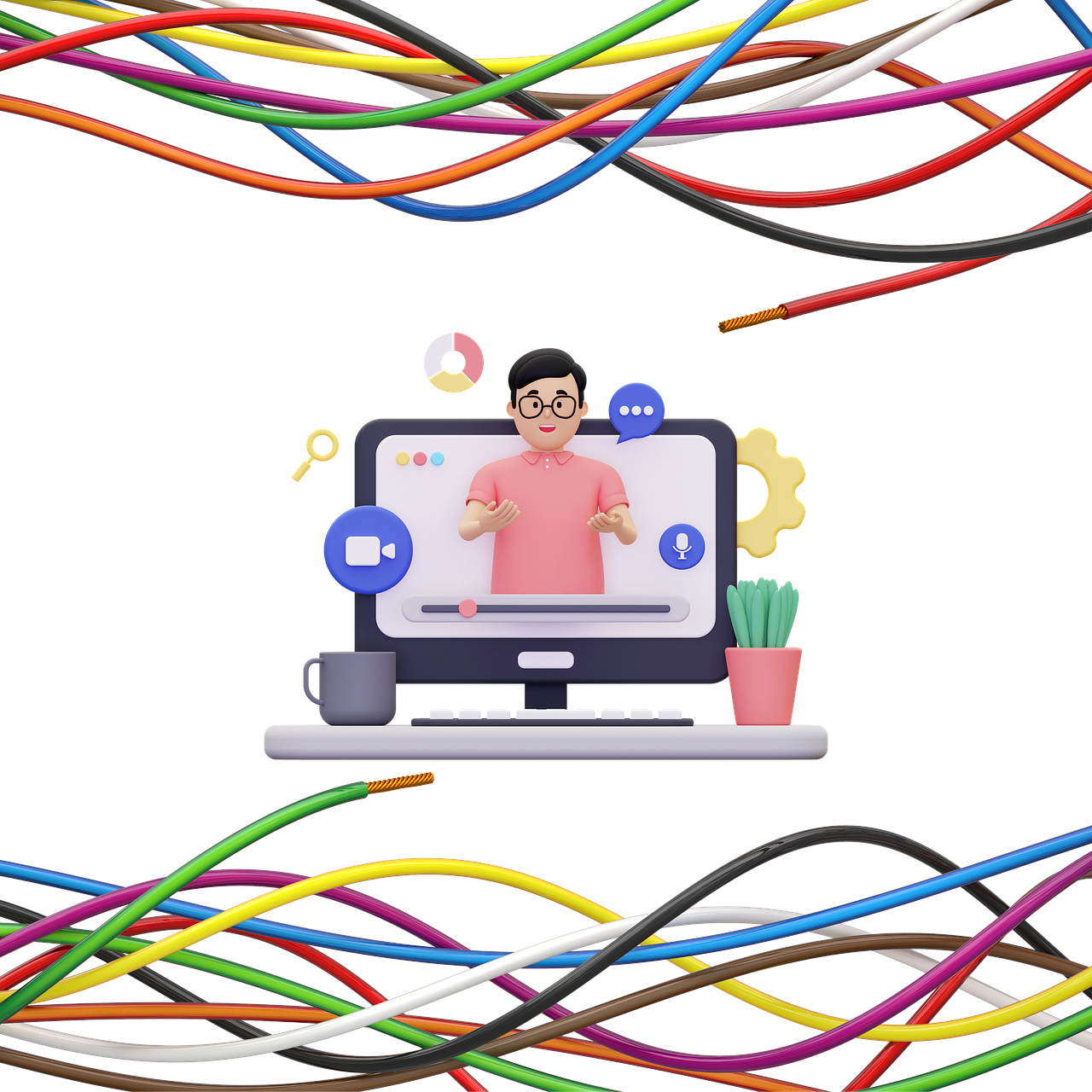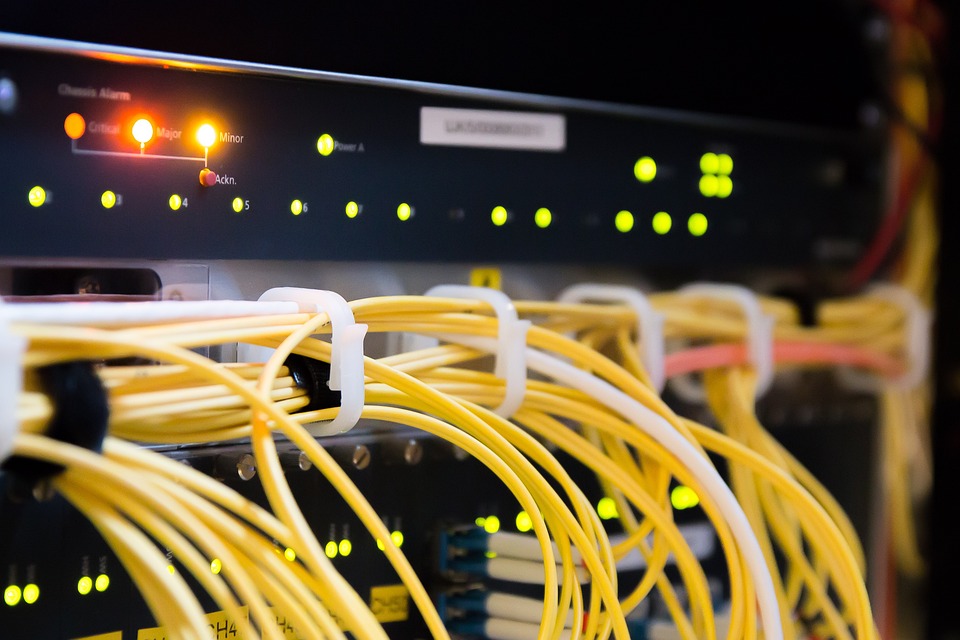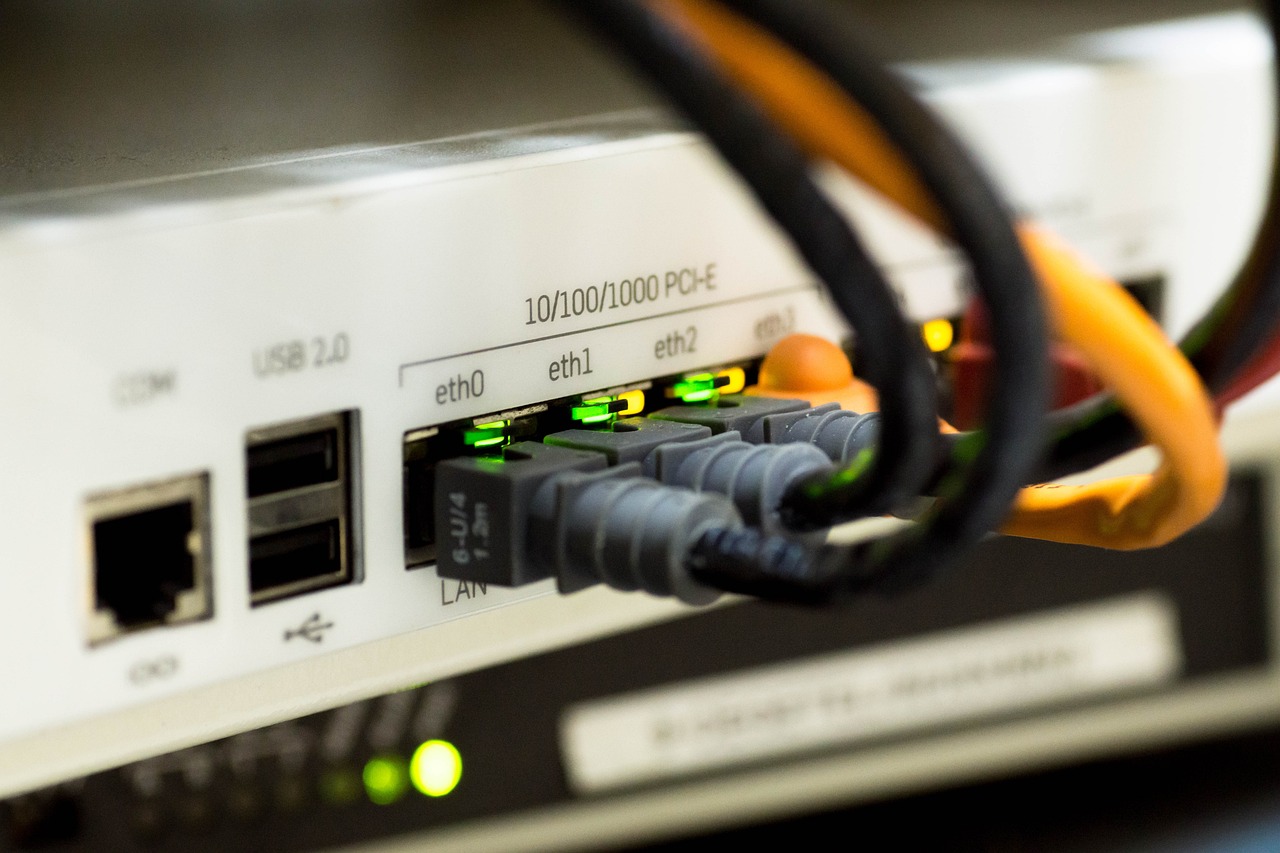10 Signs Your Business Needs a Cable Upgrade – Don’t Let Your Network Fall Behind
In today’s digital landscape, your business’s network infrastructure plays a crucial role in its success. Whether you’re sending emails, holding video calls, or managing client data, your network’s performance directly impacts your operations. However, as technology evolves, your cables and wiring can become outdated—leading to slow speeds, connectivity issues, and even downtime. At RCH Communications, we specialize in providing top-notch cable installation services. In this post, we’ll walk you through 10 signs that indicate it’s time for a cable upgrade to ensure your network infrastructure can handle modern demands.

1. Slow Network Speeds
If your employees are frequently waiting for files to load, or applications are slow to respond, it’s a major sign that your cables may be outdated. Newer cabling like Cat 6 or fiber optics are designed to handle much faster speeds than older cables such as Cat 5.
2. Frequent Downtime
Nothing slows down business operations like network downtime. If you’re experiencing frequent outages or interruptions, your current wiring might not be up to the task. Older cables can degrade over time, leading to signal loss or inconsistent connections.

3. Outdated Cable Types
Using outdated cables like Cat 5 or coaxial might be costing you more than you realize. These older cables can’t support the high-speed data transfer required by modern businesses. Upgrading to newer cables will ensure your network is future-proofed and capable of handling today’s bandwidth needs.
4. Poor Wi-Fi Performance
If your employees are dealing with weak Wi-Fi signals or frequent disconnections, the problem might be with your cables. Poor cabling can negatively affect wireless access points and routers, leading to slower speeds and dropped connections. A cable upgrade ensures a stronger, more reliable signal throughout your office.

5. Network Congestion
During peak business hours, does your network slow down or experience heavy congestion? This could be due to cables that can no longer handle the increased traffic. Newer cabling systems are designed to accommodate more devices and higher traffic loads, ensuring consistent performance.
6. Increased Latency
Latency, or delay in communication between systems, is another red flag. If applications or cloud-based tools take longer to respond, the issue could be poor cabling. Upgrading to modern cabling can significantly reduce latency, leading to smoother and more efficient operations.

7. Overloaded Wiring
If your office is cluttered with tangled, frayed, or overloaded cables, it’s not just a mess—it’s a sign of aging infrastructure. Old or improperly installed cables can cause issues with signal strength and data transfer, making it harder to maintain an efficient network.
8. Expanding Business Needs
As your business grows, so do your network demands. Whether you’re adding more employees, new technologies, or more devices to your network, older cables may not be able to keep up. An upgrade ensures that your infrastructure can scale with your business.

9. Security Concerns
Older cables are more vulnerable to security breaches, such as data theft or cyberattacks. Modern cabling options come with enhanced security features, ensuring that your sensitive business information is kept safe from unauthorized access.
10. Inability to Support New Technology
If you’re adopting new technologies, like VoIP systems, cloud storage, or smart devices, your existing cabling might not support the necessary speeds or bandwidth. A cable upgrade ensures your network can handle the demands of these cutting-edge tools, helping your business stay competitive.

Why Upgrade Your Cables?
Upgrading your cabling isn’t just about keeping up with technology; it’s about ensuring your business stays efficient, secure, and ready for the future. A modernized network can improve performance, reduce downtime, enhance security, and help you scale your business with ease.
Ready to upgrade your cabling? Contact us today to schedule a consultation and let us help you optimize your network for success.

